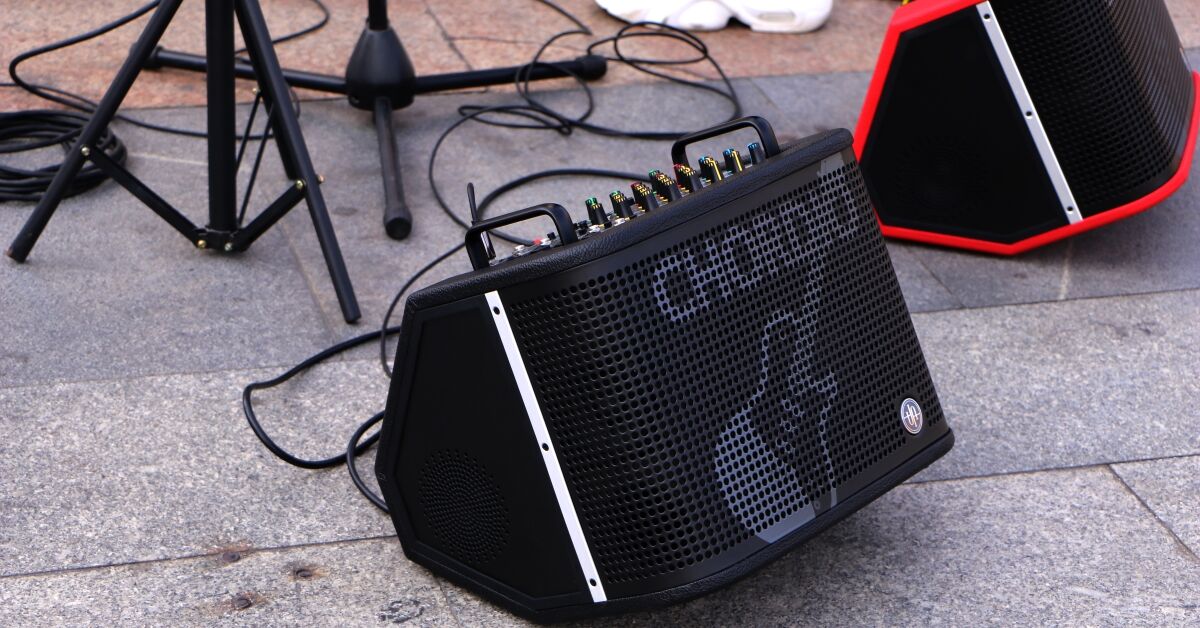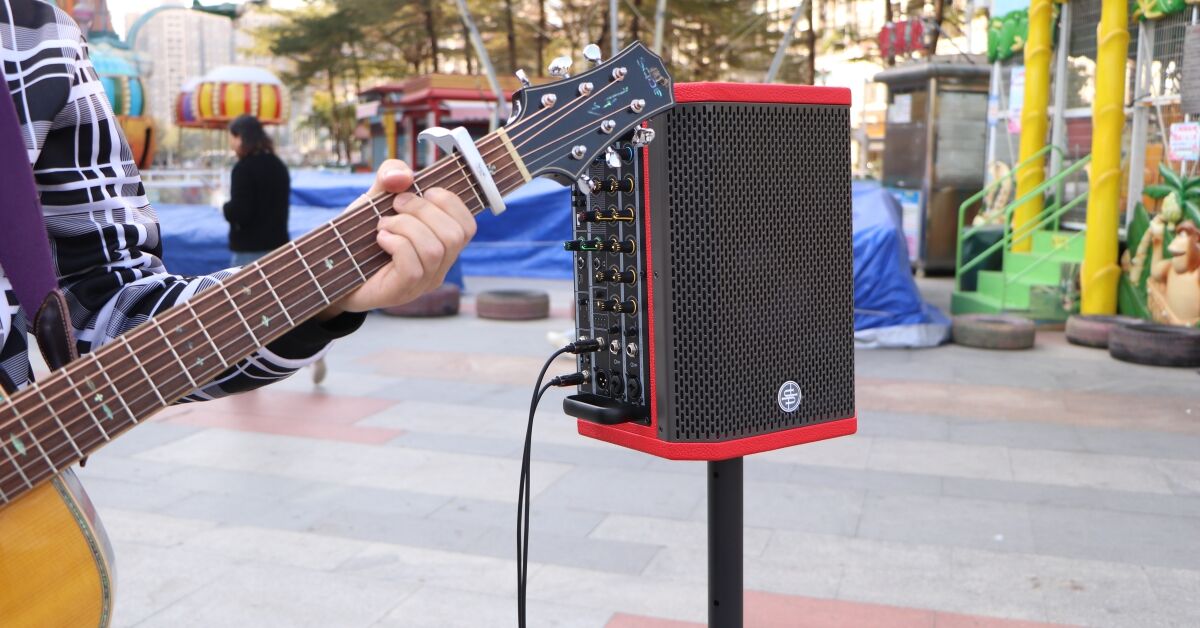Weather Resistance in Outdoor Sound Systems
Understanding IP Ratings for Outdoor Durability
The IP rating matters a lot when it comes to how long outdoor sound systems will last. These Ingress Protection ratings basically tell us how well protected a device is from getting dusty or wet inside. When installing speakers outside, most professionals recommend going for at least IP65 rated equipment if we want them to work reliably over time. An IP65 rating means the enclosure won't let dust in at all and can handle water sprayed directly onto it from pretty much any angle. Speakers without good enough protection tend to break down faster because they get hit by rain, snow, dirt, and other elements that ruin electronics. Industry numbers back this up too - systems without proper IP ratings fail about 30 percent more often in real world outdoor conditions than ones with better protection built in. So knowing what these ratings mean makes a big difference in whether our investment lasts through seasons or just gets tossed out after a year or two.
UV-Resistant Materials for Long-Term Use
When it comes to outdoor sound systems, picking materials that resist UV damage matters a lot. Most manufacturers go with stuff like ABS plastic or fiberglass because these materials hold up better under constant sun exposure. Without proper UV protection, speakers and enclosures tend to fade in color and start breaking down structurally over time. This kind of wear really cuts short how long the system will last outside. Research indicates that regular plastics without UV protection degrade about half as fast compared to those treated against sunlight. Choosing equipment built with UV resistant parts means the sound system looks good longer and keeps working properly through all kinds of weather conditions year after year.
Protection Against Dust and Temperature Extremes
Keeping an outdoor sound system safe from dust and extreme temperatures matters a lot if we want clear sound and reliable operation. When dust builds up inside speakers, it messes with how they perform and makes the audio quality suffer. Good designs include features that stop dirt and debris from getting into sensitive components. Outdoor setups also need ways to deal with temperature swings. Most quality systems come with built-in cooling solutions or special materials that help manage heat buildup during hot days. Major brands run extensive tests showing their equipment works well from around minus ten degrees Celsius all the way up to fifty-five degrees Celsius. That means these systems can handle everything from freezing winter nights to scorching summer afternoons without missing a beat. With proper protection against both dust and temperature extremes, outdoor music lovers get consistent performance no matter what Mother Nature throws at them.
Power Requirements for Open-Air Environments
Optimal Wattage for Outdoor Coverage
Getting the right wattage when installing speakers outdoors makes all the difference in how good the sound actually sounds. People often overlook just how important this relationship really is between power output and coverage area. If there's not enough wattage, the music gets muddy and doesn't carry far enough for everyone to hear properly. Take a backyard barbecue for instance - something around 200-500 watts usually works fine most of the time. But throw a bigger party at a park or beach? Then we're talking about needing somewhere north of 1000 watts, especially once the crowd hits double digits in numbers. Outdoor spaces present unique challenges since sound spreads out everywhere instead of bouncing off walls like indoors. That means throwing in extra power helps maintain clarity across the whole space. Spending money on adequate amplification pays off big time because nobody wants to strain their ears trying to catch what's playing.
Balancing Sound Dispersion and Projection
Getting good sound spread outdoors means finding just the right mix between those high notes and deep bass frequencies. Where we put our speakers makes all the difference when dealing with how sound travels through open spaces. The right positioning directs music where it needs to go instead of letting it disappear into thin air. Some folks are now using directional speakers that point sound exactly where needed, which really helps maintain quality listening even when people are spread out across different spots. Most sound engineers suggest grouping speakers together in clusters or setting them up in lines to cover bigger areas properly. This approach works wonders whether it's a backyard party with friends or a massive concert crowd. Everyone ends up hearing things clearly enough to stay engaged throughout the whole event.
Low-Frequency Performance in Uncontrolled Spaces
Getting good low frequency audio outdoors is no small task. Without walls to bounce around and boost those deep bass notes, regular speakers just don't cut it. That's where specialized subwoofers come into play. These beasts are built specifically for boosting those lower frequencies, and many models offer different ways to tweak their performance based on what works best in a particular space. Manufacturers have been working hard on this stuff too, looking at how sound behaves outside in all sorts of conditions. Their research has led to better tech that actually adapts to the way sound travels naturally in open areas. The result? Music and speech stay punchy and intelligible despite wind, temperature changes, or other factors that mess with outdoor acoustics. When event planners invest in quality gear for these situations, they're not just spending money but ensuring people actually hear what matters without losing that important bass foundation that makes live events memorable.

Portable Yet Durable Construction
Rugged Housing Materials That Withstand Elements
When it comes to keeping outdoor sound systems working reliably over time, the housing material makes all the difference. Polycarbonate and aluminum stand out from the crowd because they just don't break down under tough conditions. Take polycarbonate for example it resists impacts really well and holds up against those damaging UV rays that destroy cheaper materials. Aluminum works great too since it's light but still strong enough to last, which is why many premium outdoor speaker brands go this route for their corrosion resistance properties. Manufacturers actually put these materials through their paces before shipping products out. They subject them to everything from scorching heatwaves to freezing temperatures and relentless humidity to see how they hold up. We've seen plenty of instances where systems made with ordinary plastic housings start failing after just a few months outdoors, particularly if they're installed somewhere with constant sun exposure or near saltwater environments. So yeah, investing in quality housing materials isn't just nice to have it's essential for getting years of service from outdoor audio equipment.
Transport-Friendly Weight and Handle Designs
When it comes to outdoor sound systems, portability matters a lot. Systems that aren't too heavy and come with good handles make all the difference when moving gear around different spots. Most new models now have some pretty smart handle solutions built right in. Some have retractable handles that disappear when not needed, others come with sturdy straps that double as carrying options. People who actually use these systems regularly talk about how much easier everything becomes once they get used to the better designed ones. Setup times drop significantly because there's less struggling with awkward equipment. Take festival organizers for example they love the lightweight speaker options since they can be dragged across multiple stages quickly without breaking a sweat. This kind of practical design makes a world of difference at big outdoor events where time is money and every minute counts.
Quick-Connect Systems for Instant Setup
Quick connect systems make all the difference when it comes to cutting down setup time at outdoor events, boosting how efficiently operations run overall. With these systems, sound gear gets assembled quickly and securely, something that matters a lot when events demand fast responses. Think about snap on connectors and wireless pairing options they really slash setup times compared to old school wired connections that take forever and require so much manual work. Some tests actually found that these quick connect setups can cut setup time in half, making transitions between different parts of an event much smoother. Time saved is obviously valuable, but there's another benefit too fewer mistakes happen with connections, so audiences get that smooth audio experience without interruptions or technical hiccups during performances.
Battery Life and Wireless Connectivity
Long-Runtime Power Solutions for Events
Long battery life matters a lot at outdoor events since nobody wants to deal with finding power outlets all day long. Most modern portable speakers come with battery specs anywhere between 6 and 20 hours depending on how big the event needs to be. Take the JBL EON One Compact for example it lasts around 12 hours which works fine for most parties and small gatherings. Some manufacturers have gotten pretty smart about power conservation too. The Bose S1 Pro+ uses clever tech to stretch its battery life by adjusting energy consumption according to what the speaker is doing and where it sits. These aren't just marketing figures either. Event planners know this because they've seen these systems work reliably through entire festivals and weddings without needing a recharge mid-event. That kind of consistent performance makes all the difference when there's no backup generator nearby.
Bluetooth 5.0+ Stability in Outdoor Settings
The arrival of Bluetooth 5.0 has really changed things for people setting up sound systems outside. The new tech gives much better range and stays connected longer than before. We're talking about twice as fast data transfer speeds and around four times the distance coverage compared to older versions, which works great when dealing with open spaces. Event organizers know this well because they no longer deal with those annoying signal drops that used to plague their setups. Many folks who test these systems report stable connections even when there are lots of other signals bouncing around nearby. For anyone looking to get the most out of their outdoor Bluetooth setup, keeping obstacles between devices to a minimum makes all the difference. Getting speakers and transmitters in direct view of each other helps maintain that solid connection everyone wants at parties or concerts under the stars.
Multi-Device Pairing Capabilities
When sound systems let folks connect several devices at once, it opens up all sorts of possibilities. Events suddenly become much smoother with transitions between different tracks and completely different sound environments. Think about those big parties where three DJs take turns spinning records without anyone noticing the switch. At music festivals and other massive crowd gatherings, this kind of tech really makes a difference. People don't just hear better quality sound anymore they get exposed to all sorts of musical styles throughout the night. Looking at what's happening in the industry right now, more and more customers want this kind of setup. Event organizers especially are going crazy for systems that make switching between microphones, instruments, and backing tracks effortless. The whole game has changed from basic speaker setups to complex networks of interconnected audio gear that adapt on the fly to whatever the crowd wants next.
FAQ
-
What is an IP rating, and why is it important for outdoor sound systems?
An IP (Ingress Protection) rating indicates the level of protection a device has against dust and water. For outdoor sound systems, an IP rating of at least IP65 ensures they are dust-tight and can withstand water jets from any direction, crucial for outdoor durability. -
Why should outdoor sound systems use UV-resistant materials?
UV-resistant materials prevent discoloration and structural damage from prolonged sun exposure, enhancing the longevity and performance of outdoor sound systems. -
How does wattage affect outdoor sound coverage?
Higher wattage can ensure better sound quality and coverage in outdoor settings, as there are no walls to contain the sound, meaning it needs more power to reach listeners effectively. -
What role do quick-connect systems play in outdoor sound system setup?
Quick-connect systems significantly reduce setup time, allowing for fast and secure assembly of equipment, enhancing operational efficiency during events. -
How does Bluetooth 5.0 benefit outdoor sound systems?
Bluetooth 5.0 offers improved range and more reliable connectivity, reducing signal dropouts for consistent audio streaming in open environments.

